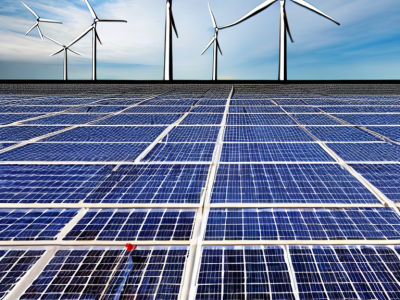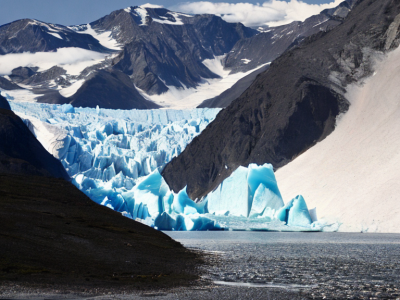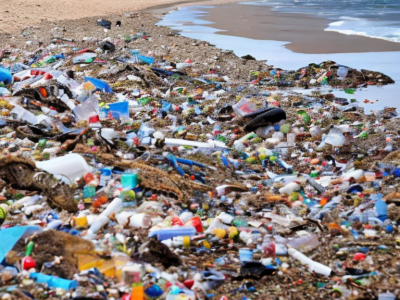Datasets
Standard Dataset
MARIDA: A benchmark for Marine Debris detection from Sentinel-2 remote sensing data
- Citation Author(s):
- Submitted by:
- Ashwini pal
- Last updated:
- Tue, 10/31/2023 - 13:19
- DOI:
- 10.21227/xdp2-yq87
- Data Format:
- Research Article Link:
- Links:
- License:
 524 Views
524 Views- Categories:
- Keywords:
Abstract
urrently, a significant amount of research is focused on detecting Marine Debris and assessing its spectral behaviour via remote sensing, ultimately aiming at new operational monitoring solutions. Here, we introduce a Marine Debris Archive (MARIDA), as a benchmark dataset for developing and evaluating Machine Learning (ML) algorithms capable of detecting Marine Debris. MARIDA is the first dataset based on the multispectral Sentinel-2 (S2) satellite data, which distinguishes Marine Debris from various marine features that co-exist, including Sargassum macroalgae, Ships, Natural Organic Material, Waves, Wakes, Foam, dissimilar water types (i.e., Clear, Turbid Water, Sediment-Laden Water, Shallow Water), and Clouds. We provide annotations (georeferenced polygons/ pixels) from verified plastic debris events in several geographical regions globally, during different seasons, years and sea state conditions. A detailed spectral and statistical analysis of the MARIDA dataset is presented along with well-established ML baselines for weakly supervised semantic segmentation and multi-label classification tasks. MARIDA is an open-access dataset which enables the research community to explore the spectral behaviour of certain floating materials, sea state features and water types, to develop and evaluate Marine Debris detection solutions based on artificial intelligence and deep learning architectures, as well as satellite pre-processing pipelines.
The dataset contains:
i. 1381 patches (256 x 256) structured by Unique Dates and S2 Tiles. Each patch is provided along with the corresponding masks of pixel-level annotated classes (*_cl) and confidence levels (*_conf). Patches are given in GeoTiff format.
ii. Shapefiles data in WGS’84/ UTM projection, with file naming convention following the scheme: s2_dd-mm-yy_ttt, where s2 denotes the S2 sensor, dd denotes the day, mm the month, yy the year and ttt denotes the S2 tile. Shapefiles include the class of each annotation along with the confidence level and the marine debris report description.
iii. Train, Validation and Test split for evaluating machine learning algorithms.
iv. The assigned multi-labels for each patch (labels_mapping.txt).
The mapping between Digital Numbers and Classes is:
1: Marine Debris
2: Dense Sargassum
3: Sparse Sargassum
4: Natural Organic Material
5: Ship
6: Clouds
7: Marine Water
8: Sediment-Laden Water
9: Foam
10: Turbid Water
11: Shallow Water
12: Waves
13: Cloud Shadows
14: Wakes
15: Mixed Water
The mapping between Digital Numbers and Confidence level is:
1: High
2: Moderate
3: Low
The mapping between Digital Numbers and marine debris Report existence is:
1: Very close
2: Away
3: No
The final uncompressed dataset requires 4.38 GB of storage.











Comments
thank you